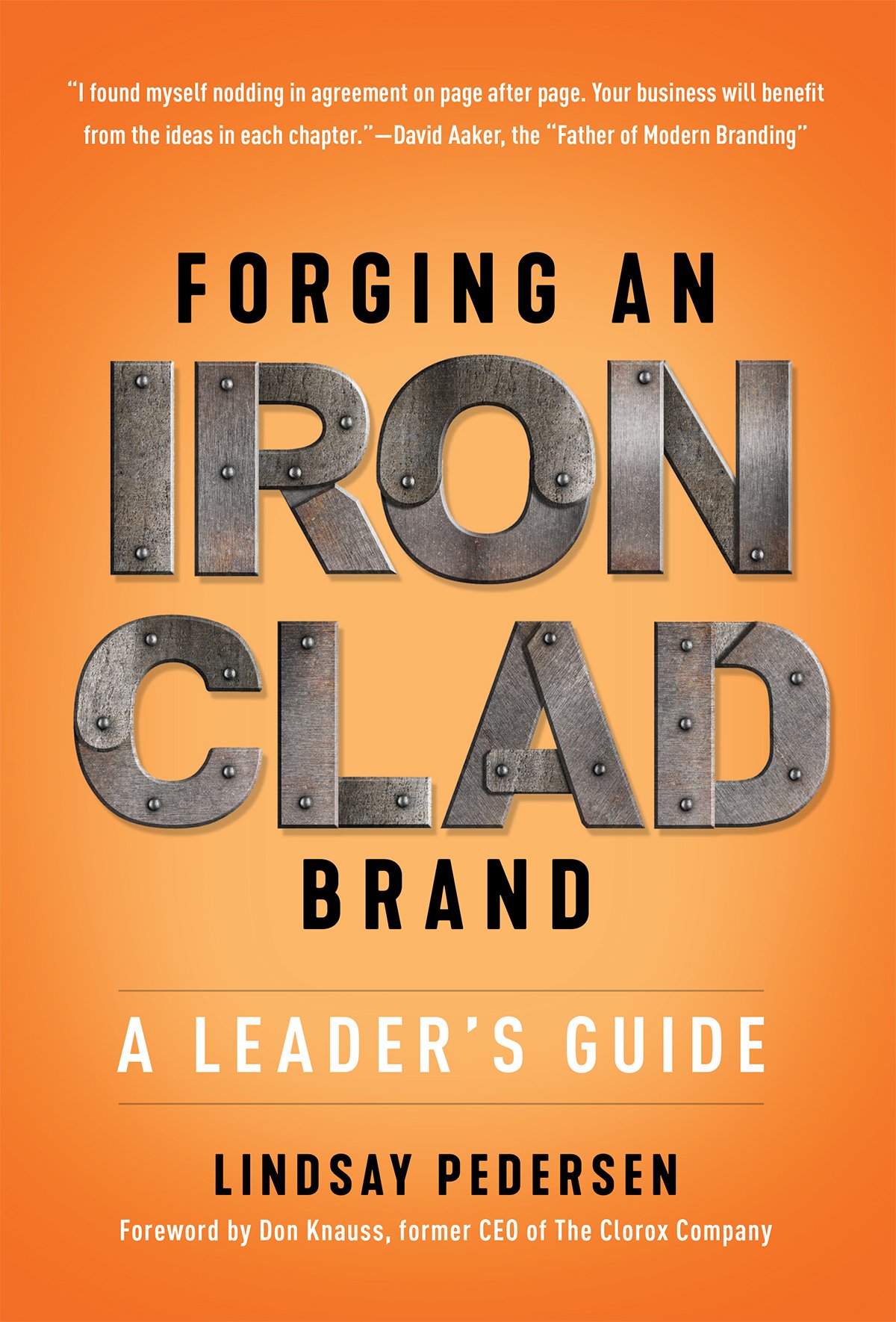Excerpted from Forging An Ironclad Brand: A Leader’s Guide. Copyright © 2019 by Lindsay Pedersen. Published by Lioncrest Publishing. https://www.ironcladbrandstrategy.com
Strategy has become a word so overused that it’s borderline comical. Remember the SNL skit that satirized George W Bush, when asked to summarize the best argument for his campaign, and he responded, “strategery”?
Q1 hedge fund letters, conference, scoops etc
Notwithstanding the mocking mispronunciation of “strategery,” strategy is a word that is easy to say and harder to do.
At its most basic, strategy is the encapsulation of how one will achieve a given aim. It is the point of view on your competitive advantage in a given scenario. It is an articulation of how you will win. When it’s military strategy, it might be “how will we win when we try to establish a beachhead in France?” When it’s business strategy, it might be “how will we win in this category we are trying to disrupt?” When it’s brand strategy, it might be “how will we win at capturing the hearts and minds of our target customer?”
A characteristic of strategy that works is asymmetry. Whether it is military strategy, business strategy, brand strategy, evolutionary strategy, or political strategy, effective strategy identifies an asymmetric advantage and then uses that advantage to achieve the goal.
In his book Good to Great, Jim Collins shares how we can think of competitive advantage through a Greek parable about foxes and hedgehogs. Collins believes that companies, like characters in the parable, are either foxes or hedgehogs. The fox companies develop numerous and complex and cunning strategies to achieve their many goals. Foxes seem to know a lot about a lot. Hedgehogs, in contrast, know about only one thing: rolling into a ball. But knowing how to roll into a ball is all the hedgehog needs to know. None of the fox’s tactics can beat a spikey sphere. The hedgehog’s goal is to survive a fox attack, and he achieves this goal because he focuses on his asymmetric strength. Not by being medium-good at a lot of things, but by being excellent at one thing.
In the same way that hedgehogs embrace their asymmetric strength, world-class brands identify the thing that will gain them disproportionately large strides toward their desired end. As leader, you eat, sleep and breathe increasing your business’s value. You do this by embracing and nurturing and harnessing your asymmetric strength.
Harnessing this strength will be at the expense of other strengths not unique to you. If all your peers have a given strength, you need to identify and grow a strength where you can dominate. This helps you avoid petty one-upmanship in favor of big, meaningful strides. If you are a tennis player with great groundstrokes, super. But it’s not enough to have only great groundstrokes when all your peers do as well. You need to dominate with your serve-and-volley game. Or on grass courts. Or in doubles.
So, what is your asymmetric, lopsided, disproportionate strength that far exceeds the rest of the market? Where do those strengths overlap with a significant unmet need among customers? Where do you shine? Now, where do you alone shine? Consider your strengths and then evaluate where you asymmetrically own that strength, where you are not only great but phenomenal. Where you not only beat your competitor but are in a different league altogether. Where there is substantial variance. As venture capitalist Jason Stoffer counsels, “Make sure you are ten times better than the customer’s other option; otherwise, why should the customer care about you?”
ABOUT THE AUTHOR:
Lindsay Pedersen is the author of Forging An Ironclad Brand: A Leader’s Guide. She is a brand strategist and leadership coach who views brand as a blend of science, intuition, behavioral economics, and ancient storytelling. She developed the Ironclad Method™ while building brands with companies such as Starbucks, Clorox, Zulily, T-Mobile, IMDb, and burgeoning startups. Lindsay lives in Seattle with her husband and two children. Keep in touch with Lindsay through her website: https://www.ironcladbrandstrategy.com and follow her on Twitter.






